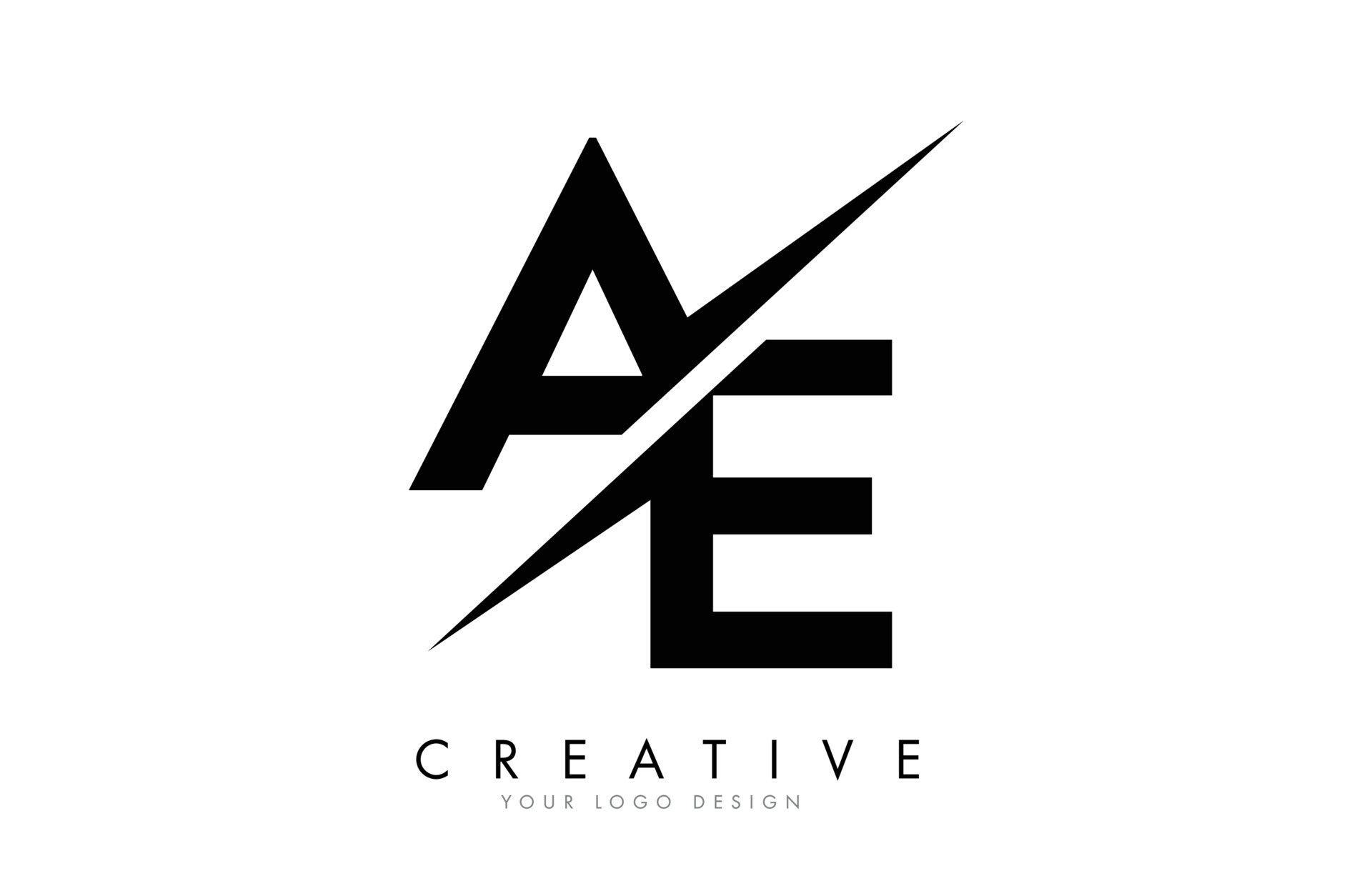Encoding Issues: Decoding & Understanding The Characters
Do you ever wonder why the characters on your screen sometimes appear as gibberish, even though they should be perfectly readable? The answer often lies in the fascinating world of character encoding, a system that dictates how digital text is interpreted and displayed.
The seemingly simple act of displaying text on a computer screen involves a complex dance of translation. Each character, from the familiar letters of the alphabet to the more obscure symbols, is represented by a unique numerical code. This code is then interpreted by the client, the software or device displaying the text, to render the character visually. The encoding chosen dictates which set of characters is available and how they will appear. Without proper encoding, the client may misinterpret the numerical codes, leading to the dreaded "mojibake" the term used for garbled text that is unreadable. This typically occurs when the encoding used to display the text does not match the encoding used to create the text, or when there are limitations in the character sets supported by the client.
Imagine, for instance, trying to read a document written in Spanish on a system that only supports English characters. The accented characters, such as those with grave or acute accents, will be rendered incorrectly, if they are rendered at all. These may appear as question marks, boxes, or other unrecognizable symbols. Similarly, languages that utilize character sets beyond the basic Latin alphabet can be affected. The same applies to characters that aren't standard ASCII. The lack of support, either due to the client's limited capabilities or the mismatch in encoding, will inevitably lead to the user not being able to fully comprehend the original message.
Let's explore how this concept appears in the real world. Common examples of character encodings include ASCII, the oldest and still widely used encoding, which supports only 128 characters. The first 32 characters are control characters (like tab, newline, and carriage return) and the rest are symbols and uppercase/lowercase characters. Then we have ISO-8859-1, also known as Latin-1, which extends ASCII to include accented characters from many Western European languages. The more complete encoding of UTF-8 supports a huge range of characters, including those from practically all the languages of the world, and is becoming the standard for the web. It is, in fact, so versatile that it's recommended by the World Wide Web Consortium (W3C) to standardize how all data should be encoded. The choice of encoding is essential for compatibility. In particular, if the document's encoding is not indicated in the HTML document, the browser may guess the encoding and may render the text incorrectly.
There's a real-world practical example of how encoding can impact how we view and process information, particularly with the rise of the internet and the global exchange of data. In addition to the display of characters, character encoding also plays a crucial role in the storage and transmission of information. Databases, text files, and network protocols all rely on encoding to store and transmit text data correctly. If an encoding mismatch occurs during storage or transmission, the data can become corrupted, leading to information loss. This can have a significant impact on various areas, from e-commerce to global communications.
To demonstrate the problem, consider the common issue of how the client interprets and displays the characters. In the given context, the intention is to force the client to use a specific encoding to interpret and display characters correctly, by the correct encoding used by the website. For example, characters like "latin capital letter a with grave: (\u00c3), "latin capital letter a with acute: (\u00c3), "latin capital letter a with circumflex: (\u00c3), "latin capital letter a with tilde: (\u00c3), "latin capital letter a with diaeresis: (\u00c3), "latin capital letter a with ring above: (\u00c3) would be rendered, depending on the used encoding. In these instances, proper handling of character encodings is essential for ensuring the correct display of text. However, if the client isn't configured to handle the specific encoding used, these characters may show up as something different or unreadable.
Now, let's turn our attention to some resources that can assist in understanding and working with character encodings. W3schools offers free online tutorials, references, and exercises in all the major languages of the web, including HTML, CSS, JavaScript, Python, SQL, and Java. Such resources are indispensable for anyone who is building a website and needs to manage these aspects correctly. Similarly, developers who are working with the character map can copy and paste any symbol or character on windows, which contains every symbol or character that can be considered, and can use the character map to copy and paste any symbol or character on Windows.
Let's dive deeper into the complexities and nuances associated with character encoding. Consider a sentence, written in a language using non-Latin characters. When it is not properly encoded, it's virtually impossible to understand the meaning. The results of "We did not find results for:" or "Check spelling or type a new query." can be a direct result of a character encoding mismatch. In these cases, the search engine, for instance, might be unable to correctly interpret the query because it does not know the encoding to be used for the query, and returns these results.
Further analysis reveals that some encodings can lead to a cascade of errors. As an example, it could happen that The first one is decoded as \u00e2, and the second one, casually, as \u00b1. However, when the first one is changed to \u00e3 instead of \u00e2, the second one may be still, casually, \u00b1. What this shows is how an encoding system can be brittle. It is essential to maintain consistency within the encoding. Otherwise, these small mismatches can lead to larger problems. The encoding system is not just a technical detail; it is the cornerstone of how we read and transmit all written information across computers.
The issue of character encoding is not merely a technical one, but is also a linguistic and cultural matter. Take the example of languages like Japanese. When Japanese characters are not properly rendered, the text becomes completely meaningless. The sentence "\u3053\u306e\u8a18\u4e8b\u304c\u306f\u3066\u306a\u30c0\u30a4\u30a2\u30ea\u30fc\u4e0a\u3067\u5316\u3051\u306a\u3044\u304b\u3069\u3046\u304b\u4e0d\u5b89\u3060\u304c\u3002 >>> u\u3053\u3093\u306b\u3061\u306f\u4e16\u754c u' \\u3053\\u3093\\u306b\\u3061\\u306f\\u4e16\\u754c" is rendered properly; but when character encoding goes wrong, it is difficult to understand. It is like an invasion. A key to understanding is the UTF-8 encoding, the prevalent standard, and its ability to represent a wide range of symbols is essential for handling this diversity.
In the case of the complex character representation, the issue of encoding is visible in sentences like " \u00c3 \u00eb\u0153\u00e3 \u00e2\u00b7 \u00e3 \u00e2\u00bf\u00e3 \u00e2\u00be\u00e3 \u00e2\u00b7\u00e3 \u00e2\u00b8\u00e3\u2018\u00e2\u20ac \u00e3 \u00e2\u00b8\u00e3 \u00e2\u00b8 \u00e3\u2018\u00e2\u20ac\u0161\u00e3 \u00e2\u00b5\u00e3 \u00e2\u00be\u00e3\u2018\u00e2\u201a\u00ac\u00e3 \u00e2\u00b8\u00e3 \u00e2\u00b8 \u00e3\u2018\u00e2 \u00e3 \u00e2\u00b8\u00e3\u2018\u00e2 \u00e3\u2018\u00e2\u20ac\u0161\u00e3 \u00e2\u00b5\u00e3.
Let's transition into a related topic: the importance of clear communication and the prevention of malicious behavior. Terms like "harassment" and "threats" are relevant to this discussion. "Harassment is any behavior intended to disturb or upset a person or group of people." Similarly, "Threats include any threat of violence, or harm to another." These concepts are vital for the creation of a positive and respectful digital environment.
Now, let's consider an example of character encoding issues within a context of the English language, and the potential for ambiguity: " \u00c3 \u00e5\u00b8\u00e3\u2018\u00e2\u201a\u00ac\u00e3 \u00e2\u00b8\u00e3 \u00e2\u00b2\u00e3 \u00e2\u00b5\u00e3\u2018\u00e2\u20ac\u0161 \u00e3 \u00e2\u00b2\u00e3\u2018\u00e2 \u00e3 \u00e2\u00b5\u00e3 \u00e2\u00bc, \u00e3 \u00e2\u00bd\u00e3 \u00e2\u00b5 \u00e3 \u00e2\u00bc\u00e3 \u00e2\u00be\u00e3 \u00e2\u00b3\u00e3\u2018\u00e6\u2019 \u00e3 \u00e2\u00bd\u00e3 \u00e2\u00b0\u00e3". In situations like this, the encoded text becomes difficult to interpret. The lack of correct encoding creates confusion, and it is a barrier to effective communication.
Additionally, it is useful to examine some specifics that are related to language and their impact on character encoding. "The vowels [a] and [\u00e6] are close to each other." and "Some phoneticians consider that the vowel of add or shack in modern british english has changed from [\u00e6] to [a], and so some (not all) british dictionaries now represent it by \/a\/.". The change in the pronunciation of "add" or "shack" could be an example of how the evolving nature of language needs to be carefully handled by character encoding systems. In the American English, "The vowel has not changed in american english, so \/\u00e6\/ is the vowel in add or shack in". These small differences can be significant.
For a practical solution to encoding issues, it can be helpful to convert the text to binary and then to UTF-8 encoding, in the case where someone has discovered "I actually found something that worked for me. It converts the text to binary and then to utf8.".
Let's delve into the core of the problem: Source text that has encoding issues. And, consider: "If \u00e3\u00a2\u00e2\u201a\u00ac\u00eb\u0153yes\u00e3\u00a2\u00e2\u201a\u00ac\u00e2\u201e\u00a2, what was your last". The encoding problem arises when characters are not rendered correctly. These problems can occur when characters, such as \u00ac \u00ad \u00ae \u00af 00b \u00b0 \u00b1 \u00b2 \u00b3 \u00b4 \u00b5 \u00b6 \u00b7 \u00b8 \u00b9 \u00ba \u00bb \u00bc \u00bd \u00be \u00bf 00e \u00e0 \u00e1 \u00e2 \u00e3 \u00e4 \u00e5 \u00e6 \u00e7 \u00e8 \u00e9 \u00ea \u00eb \u00ec \u00ed \u00ee \u00ef" are misused.
As an example, the challenges of character encoding are clearly displayed by the fact that "\u3053\u308c\u306f\u4f55\u8a9e\u3067\u3059\u304b\uff1f\u00e3 \u0161\u00e5\u00ae\u00a2\u00e6\u00a7\u02dc\u00e3 \u00ab\u00e3 \u00af\u00e3\u20ac \u00ef\u00bc\u02c6i\u00ef\u00bc\u2030\u00e7\u2122\u00bb\u00e9\u0153\u00b2\u00e3\u201a\u2019\u00e5\u00bf\u2026\u00e8\u00a6 \u00e3 \u00a8\u00e3 \u2122\u00e3\u201a\u2039\u00e3\u201a\u00b5\u00e3\u0192\u00bc\u00e3\u0192\u201c\u00e3\u201a\u00b9\u00e3\u201a\u2019\u00e4\u00bd\u00bf\u00e7\u201d\u00a8\u00e3 \u2122\u00e3\u201a\u2039\u00e3 \u00ff\u00e3\u201a \u00e3 \u00ab\u00e3 \u0161\u00e5\u00ae\u00a2\u00e6\u00a7\u02dc\u00e3 \u0153\u00e4\u00bd\u0153\u00e6\u02c6 \u00e3 \u2014\u00e3 \u00ff\u00e5\u2026\u00a8\u00e3 \u00a6\u00e3 \u00ae\u00e3\u0192\u2018\u00e3\u201a\u00b9\u00e3\u0192\u00af\u00e3\u0192\u00bc\u00e3\u0192\u2030\u00e3\u201a\u2019\u00e7\u00a7\u02dc\u00e5\u00af\u2020\u00e3 \u00ab\u00e4\u00bf \u00e6\u0153 \u00e3 \u2122\u00e3\u201a\u2039\u00e3 \u20ac \u00e3 \u00be\u00e3 \u00ff\u00ef\u00bc\u02c6ii\u00ef\u00bc\u2030\u00e3 \u0161\u00e5\u00ae\u00a2\u00e6" demonstrates the variety of characters that must be correctly decoded for communication. The use of \u00e3 \u0161\u00e5\u00ae\u00a2\u00e6\u00a7\u02dc\u00e3 \u00ab\u00e3 \u00af\u00e3\u20ac \u00ef\u00bc\u02c6i\u00ef\u00bc\u2030\u00e7\u2122\u00bb\u00e9\u0153\u00b2\u00e3\u201a\u2019\u00e5\u00bf\u2026\u00e8\u00a6 \u00e3 \u00a8\u00e3 \u2122\u00e3\u201a\u2039\u00e3\u201a\u00b5\u00e3\u0192\u00bc\u00e3\u0192\u201c\u00e3\u201a\u00b9\u00e3\u201a\u2019\u00e4\u00bd\u00bf\u00e7\u201d\u00a8\u00e3 \u2122\u00e3\u201a\u2039\u00e3 \u00ff\u00e3\u201a \u00e3 \u00ab\u00e3 \u0161\u00e5\u00ae\u00a2\u00e6\u00a7\u02dc\u00e3 \u0153\u00e4\u00bd\u0153\u00e6\u02c6 \u00e3 \u2014\u00e3 \u00ff\u00e5\u2026\u00a8\u00e3 \u00a6\u00e3 \u00ae\u00e3\u0192\u2018\u00e3\u201a\u00b9\u00e3\u0192\u00af\u00e3\u0192\u00bc\u00e3\u0192\u2030\u00e3\u201a\u2019\u00e7\u00a7\u02dc\u00e5\u00af\u2020\u00e3 \u00ab\u00e4\u00bf \u00e6\u0153 \u00e3 \u2122\u00e3\u201a\u2039\u00e3 \u20ac \u00e3 \u00be\u00e3 \u00ff\u00ef\u00bc\u02c6ii\u00ef\u00bc\u2030\u00e3 \u0161\u00e5\u00ae\u00a2\u00e6 illustrates the range of characters that are employed. Without the correct encoding, it is impossible to understand. The correct character encoding, typically UTF-8, will allow for proper interpretation of the language's symbols.
Here is the character set for the given scenario. Practice pronunciation of the mentioned characters: "\u00e3\u0192\u00e6\u2019\u00e3\u201a\u00e2\u00a8\u00e3\u0192\u00e2\u00a2\u00e3\u00a2\u00e2\u20ac\u0161\u00e2\u00ac\u00e3\u201a\u00e2\u00ba\u00e3\u0192\u00e2\u00a2\u00e3\u00a2\u00e2\u20ac\u0161\u00e2\u00ac\u00e3\u201a\u00e2\u00b9\u00e3\u0192\u00e6\u2019\u00e3\u201a\u00e2\u00a7\u00e3\u0192\u00e2\u00a2\u00e3\u00a2\u00e2\u201a\u00ac\u00e5\u00be\u00e3\u201a\u00e2\u00a2\u00e3\u0192\u00e2\u20ac\u0161\u00e3\u201a\u00e2\u00bd\u00e3\u0192\u00e6\u2019\u00e3\u201a\u00e2\u00a8\u00e3\u0192\u00e2\u20ac\u0161\u00e3\u201a\u00e2\u00b4\u00e3\u0192\u00e2\u20ac\u0161\u00e3\u201a\u00e2\u00a8 and other chinese words with our pronunciation trainer." It highlights the importance of correctly identifying and interpreting special characters for multilingual support.
A similar problem can also be observed in phrases like: "\u00c3 \u00e2\u20ac \u00e3 \u00e2\u00bb\u00e3\u2018\u00e2 \u00e3\u2018\u00e6\u2019\u00e3\u2018\u00e2 \u00e3 \u00e2\u00be\u00e3 \u00e2\u00b2\u00e3 \u00e2\u00b5\u00e3\u2018\u00e2\u201a\u00ac\u00e3\u2018\u00eb\u2020\u00e3 \u00e2\u00b5\u00e3 \u00e2\u00bd\u00e3\u2018\u00e2 \u00e3\u2018\u00e2\u20ac\u0161\u00e3 \u00e2\u00b2\u00e3 \u00e2\u00be\u00e3 \u00e2\u00b2\u00e3 \u00e2\u00b0\u00e3 \u00e2\u00bd\u00e3 \u00e2\u00b8\u00e3" Here, the failure to properly interpret the characters results in a garbled message, making it impossible to comprehend the intent. This is why proper encoding is very important.


